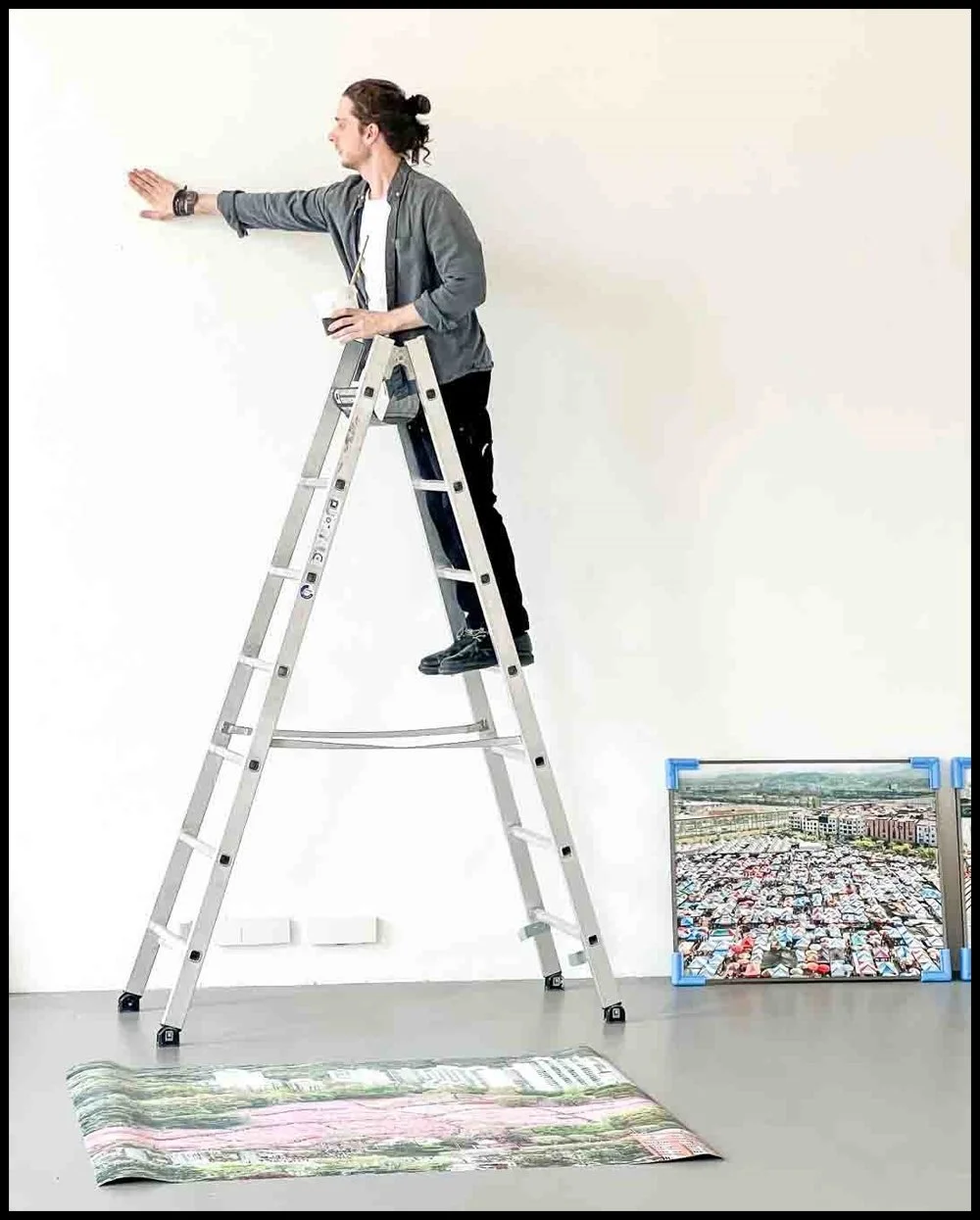Sul magazine cinese Photographers' Companion, è uscito il mio lavoro fotografico "How long is the night?" con anche una intervista al sottoscritto!
La Valle Antrona (dal latino antrum, cioè caverna profonda e oscura) è un territorio che, per secoli, è stato esplorato e scavato alla ricerca di oro e che conta oggi innumerevoli miniere abbandonate e dimenticate.
Qui si colloca Viganella, un paese di circa duecento abitanti che, fra l’11 novembre e il 2 febbraio, per 83 giorni, non viene illuminato dal sole, celato dietro la barriera naturale costituita dalla vallata, ritrovandosi quindi immerso in un’ombra costante che muta colori e umori.
Le origini del borgo in questa posizione sono smarrite nel tempo, ma si ipotizza che sia sorto intorno all’anno 1200 (data del documento più antico che menziona il paese e la sua comunità di minatori e carbonai), motivato dallo sfruttamento del territorio.
La prolungata assenza del sole, come riferimento ma anche simbolo di vita e speranza, ha provocato una reazione visionaria e poetica: l’installazione di un grande specchio rotante, in cima al monte a nord, che consente di riflettere i raggi solari sul paese.
Per tutti gli abitanti, l’11 novembre 2006 è "il giorno della luce", il momento magico in cui fu inaugurato lo specchio, del peso di 11 quintali, installato a monte del paese a 1050 mt. di altitudine, in località Scagiola, dove nelle giornate di cielo sereno il sole giunge e si mantiene dalle ore 9 alle ore 15 circa, regalando alla piazza del paese circa sei ore di luce riflessa.
Quest’anno però, dopo 15 anni di funzionamento, lo specchio non si è attivato a causa di problemi non ancora chiariti, lasciando il paese nell’oscurità.
The Antrona Valley (from the Latin antrum i.e. a deep, dark cave) is a territory which, for centuries, has been explored and excavated in search of gold and today boasts countless abandoned and forgotten mines.
Here lies Viganella, a town of about two hundred inhabitants which, between 11 November and 2 February, for 83 days, is not illuminated by the sun, hidden behind the natural barrier formed by the valley, thus finding itself immersed in a constant shadow that changes colours and moods.
The origins of the village in this position are lost in time, but it is assumed that it emerged around the year 1200 (the date of the oldest document that mentions the village and its community of miners and charcoal merchants), motivated by the exploitation of the local area.
The prolonged absence of the sun, as a reference but also a symbol of life and hope, provoked a visionary and poetic reaction: the installation of a large rotating mirror, on top of the mountain to the north, enabling the sun’s rays to be reflected onto the town.
For all the inhabitants, 11 November 2006 is “the day of light”, the magical moment in which the mirror, weighing 1100 kg, was inaugurated, installed uphill from the village at an altitude of 1050 metres, in the district of Scagiola, where on clear days the sun arrives and stays from 9 am to about 3 pm, giving the town square about six hours of reflected light.
This year, however, after 15 years of operation, the mirror did not work, due to problems which have yet to be cleared up, leaving the town in darkness.




















